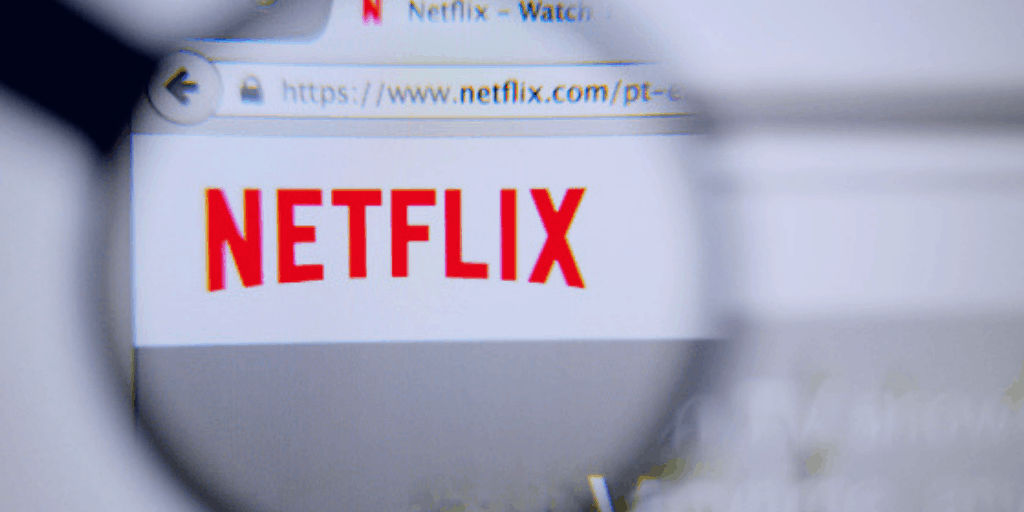Recently, artificial intelligence has been just a scientific phrase, but today, its impact on our daily lives is much greater than ever before. Whether we read our emails or surf Netflix, artificial intelligence makes decisions to improve our user experience based on our preferences and our behavior. The ubiquitous presence of AI in today’s society helps large companies like Netflix use AI-based solutions that directly interact with consumers. This website will provide you with an overview of how artificial intelligence changes the world and its impact on Internet users.
Netflix uses high-precision forecasting technology, which is based on the user’s reaction to different films. The technology examines your preferences in films and programs, compares them with millions of other users’ preferences, and offers you the most interesting products. Impressively, the data volume of the system is increasing every day, which means the technology becomes smarter. Thus, it can offer you a preferable option with higher accuracy. Netflix’s next step in personalization technology is to use machine learning and artificial intelligence to create personalized trailers for its content and select the most interesting scenes from films and TV shows.
About 80% of the content offered by Netflix is generated according to the system of user recommendations. In the streaming industry, this American company occupies 51% of the market share with the number of subscribers of more than 148 million people. Today, the company is confidently advancing along the path to profitability growth. According to Statista, Netflix’s annual revenue from 2002 to 2019 has consistently grown (from $ 150 million to $ 20 billion). Netflix’s subscriber base over 3 years has increased by 60 million people (100 million – 2016, 160 million – 2019). Therefore, the use of AI allows the company to know exactly what users want. Netflix’s online video service analyzes each click of its 100 million users to get detailed information about their interests. After that, artificial intelligence creates a promotional video of the film, which would potentially interest a particular user.
Besides, Netflix uses artificial intelligence software to gauge the potential success of content. The Netflix service has built several computer algorithms that help determine such aspects:
- which films and series to shoot
- which ones to buy under a license
- what kind of content will be interesting to the viewer
- how much to pay for certain shows.
Evaluation of the potential profitability of content by artificial intelligence (and, accordingly, the estimated price of its purchase from the author) will make it possible to earn even more, since it can prevent excessive spending on content that viewers are not likely to watch. For Netflix, saving money on producing and buying content is much more essential than it’s for competing companies that have other sources of revenue. Netflix only earns revenue from its online series. Therefore, to maintain the business, Netflix should be rational towards the production of films and TV shows, and the company should optimize costs to maximize the return on each dollar invested in content. The development of an artificial intelligence algorithm makes decisions about the price of buying content based on user data. Besides, it is one of the key factors by which Netflix manages its costs more rationally.
The company uses data processing software and traditional business intelligence tools such as Hadoop and Teradata, as well as its own open-source solutions including Lipstick and Genie, to collect, store and process huge volumes of information. These platforms influence the choice of which content to create and promote. To store and process an ever-growing volume of data, Amazon S3 is used, spinning up several Hadoop clusters for different workloads accessing the same data. In the Hadoop ecosystem, Hive is used for special queries and analytics, while Pig is used for ETL (extraction, conversion, loading) and AI algorithms.
Netflix also has its own Genie project to process data as it scales. The result of this work was a high degree of audience involvement. Significantly, the experience of using Netflix big data in relation to content is so successful that, compared to the television industry, where only 35% of shows are updated after the first season, the portal updates 93% of the series after the start of the season.
Additionally, one of the most frequently mentioned examples of using AI to create successful content is the House of Cards series. When in 2013 the company wanted to present the series, it did not start the pilot season, as they do on television, but ordered two seasons at once.
When it comes to data collection, Netflix’s subscriber base of over 148 million subscribers gives it a huge advantage. The company focuses on such indicators:
- the date of viewing
- the device on which it was viewed
- searches for content on the platform
- repeated views (which parts the user reviewed)
- whether the broadcast was paused or interrupted
- time of day and week and their impact on the viewing theme materials
- metadata from third parties
- data from social networks Facebook and Twitter.
The recommendation system is designed to provide each user with exactly what they need using a personalized content ranger, which organizes a collection of each Netflix user based on personal information.
Netflix has undermined the global film industry, offering users high-quality media content through unique recommender algorithms. Thus, the key areas of their research remain predicted analytics and recommendation systems.










Leave a Reply